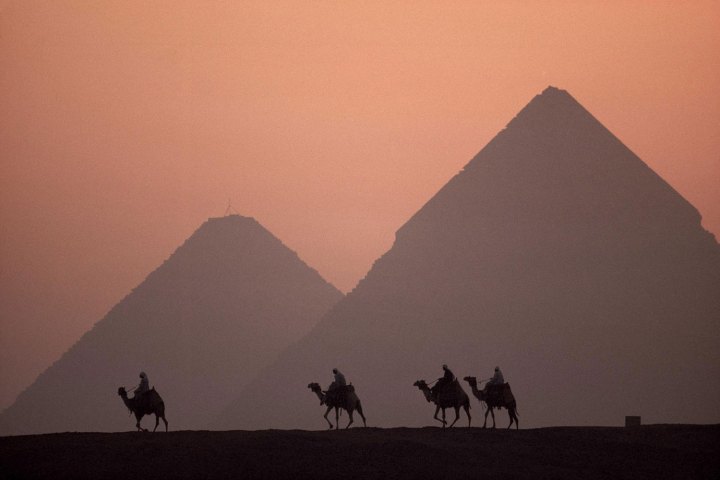
The concept behind spotting a fake is simple — Nat Geo asks for the RAW files. While there are workarounds, RAW photos keep track of the adjustments made to the images. With metadata, spotting a faked RAW photo is simpler than eyeing an altered JPEG. Since the RAW file type differs between cameras, a simple “Save As” is an ineffective workaround.
The only Photoshop adjustments the publication allows are changes that show how the photographer saw the real scene.
While supplying RAW files may be a simple method, Goldberg says it’s not always so easy to spot altered images — and part of that comes from finding where to draw the line. The only Photoshop adjustments the publication allows are changes that show how the photographer saw the real scene. For example, the camera may not always capture colors accurately, either through an incorrect white balance or the limited range of digital camera sensors. Moving objects and adding or removing elements from the scene, on the other hand, will quickly get images rejected, the guidelines suggest.
Along with the 1982 pyramid photo that was altered, recent controversy surrounding Steve McCurry’s use of Photoshop also showed that an image he took for the cover was altered through the cloning of parts of the background to make a horizontal shot fit in a vertical space.
“In the digital age, when it’s easy to manipulate a photo, it’s harder than ever to ensure that the images we publish, whether on paper or on a screen, reflect the reality of what a photographer saw through his or her viewfinder,” she wrote.
While digging down to the original RAW photo helps identify doctored images, that procedure is not always available. In 2010, the magazine published a photo from their Your Shot contributors, only to learn later that the image had been altered.
If the RAW photo isn’t available, Goldberg says the firm asks a lot of detailed questions about the shot — even if the photo in question is a stock image or a Your Shot contribution. The magazine also asks writers for their original notes.
While Goldberg says the magazine is committed to not repeating past mistakes (like altering the horizontal pyramid photo in 1982 to fit a vertical cover space by actually moving the pyramids closer together), deciding where to draw the line is still a matter of opinion. “One of our photographers recently entered a photo in a contest” she wrote. “It was rejected as being over-processed; our editors, on the other hand, saw the same photo and thought it was OK. We published it. Were we right, or were the contest judges right? That’s a subject that we can continue to discuss.”




